Ecuador and Galapagos Luxury Travel
Ecuador, a postcard worthy country offers an array of wonders, packed into this small corner of South America. Spanish colonial centers, waves splashing onto white-sand beaches, remote Inca villages, Amazonian rainforest and the breathtaking Andes all invoke the adventurous spirit. The rich marine and wildlife of the Galápagos Islands is a delight for every traveler. This beautiful country is a paradise of nature, wildlife, and history all together.
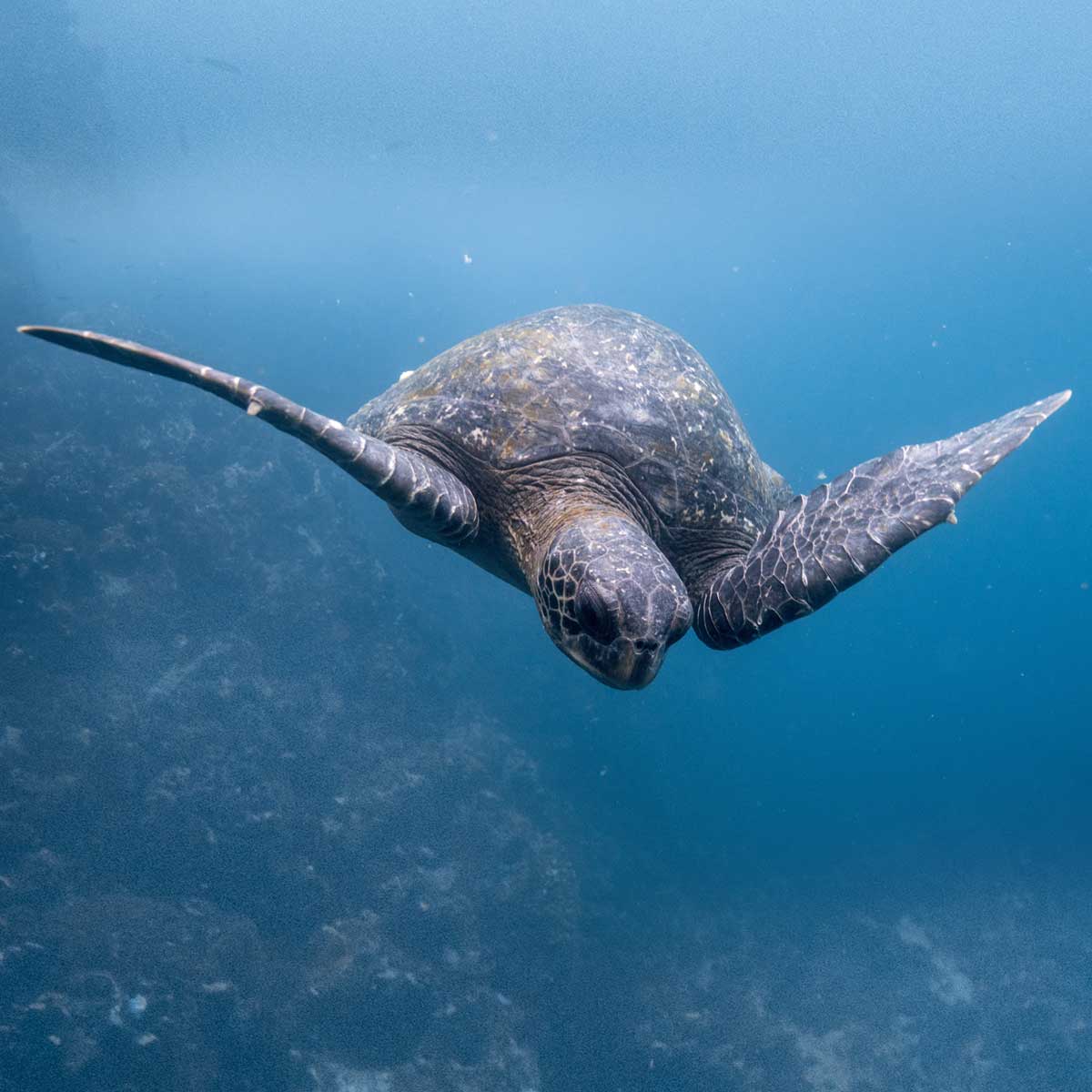
The Country of Four Worlds
This tiny country offers an array of indigenous cultures, colonial architecture, scenic landscapes, rich heritage, wildlife, and dense rainforest – a potpourri which makes it one of the most fascinating places to visit.
The equator runs through Ecuador and is the center of our planet, bordered by Columbia to the northeast and Peru to the southeast. The capital, Quito, is awash with 17th-century churches and monasteries, and beautifully restored mansions. Wandering the cobblestone streets amid architectural treasures from Spanish colonial days and local markets is a blow back into its colored history. No surprise that Quito is listed by UNESCO as a premier world heritage site.
The famous Galápagos Islands, with their volcanic, otherworldly landscapes, are a magnet for wildlife lovers. You can get within spitting distance of massive lumbering tortoises, scurrying marine iguanas (the world’s only seagoing lizard), doe-eyed sea lions, prancing blue-footed boobies and a host of other unique species both on land and sea. A photographer’s delight!
Visiting the Andean highlands is like stepping into a fairy tale: a patchwork of small villages, gurgling streams and rolling fields with condors circling overhead. These sublime and verdant landscapes make a fine backdrop for mountain biking, horseback riding or hiking from village to village or relaxing in natural hot springs. The entire “Avenue of the Volcanoes” a 200 mile stretch is home to some of the world’s tallest peaks and active volcanoes.
The territory colonized by Spain in the 16th century for its minerals and precious stones, achieved independence in 1820 as a part of Gran Columbia and finally emerged as a sovereign state in 1830. Spanish is the official language spoken by the majority of the population. 17.1 million people are mestizos, with a large minority of European, Amerindian, and African descendants.
If you are a climber, trekker, adventurer, a nature lover or wildlife admirer then the rainbow that is Ecuador will mesmerize you.
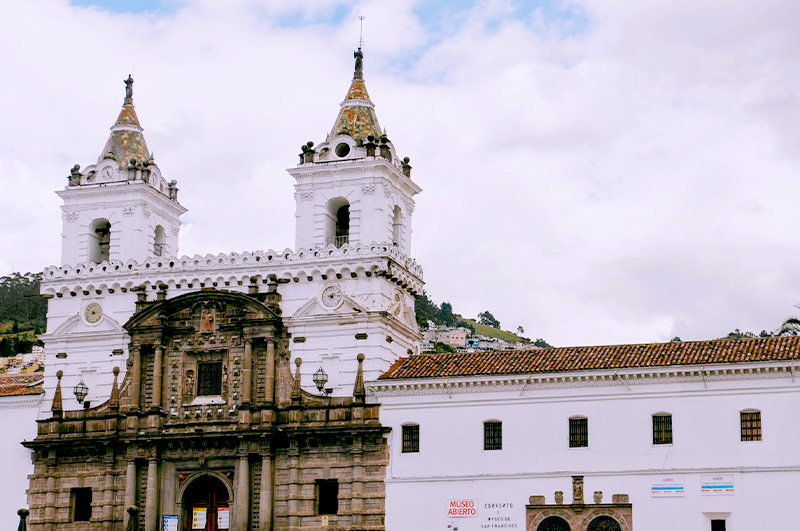
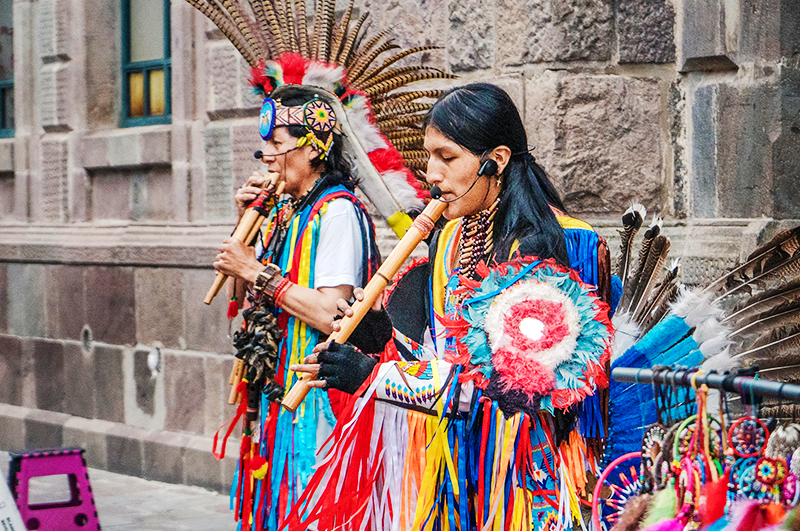
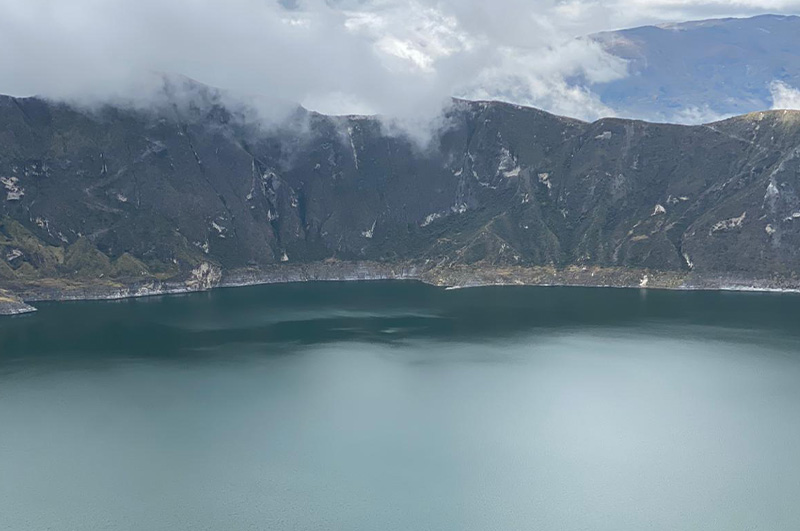
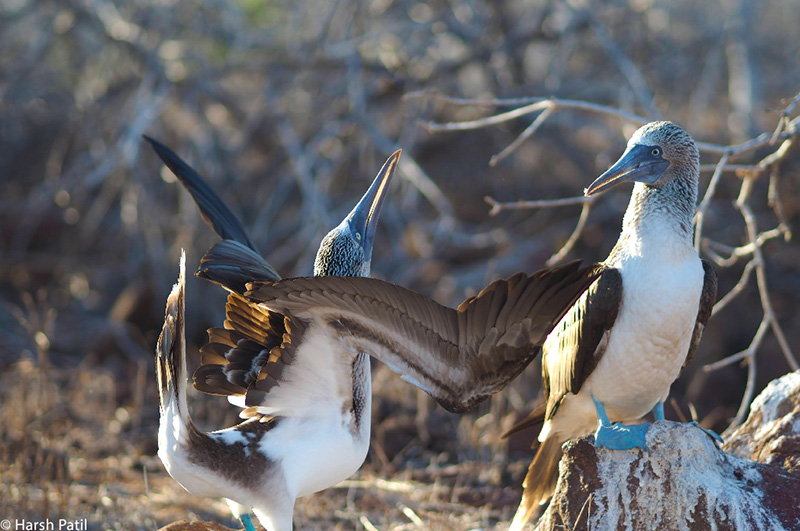
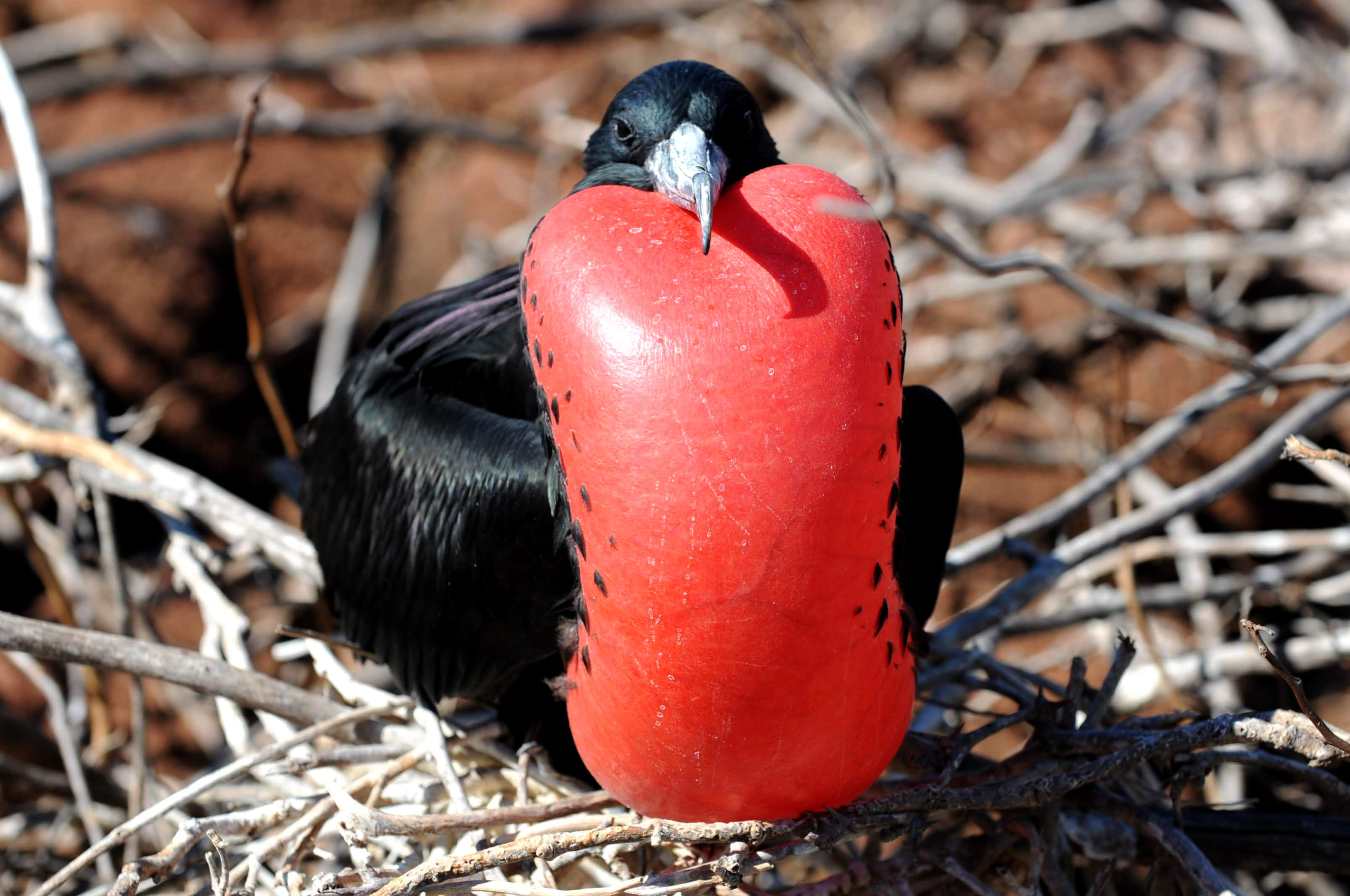
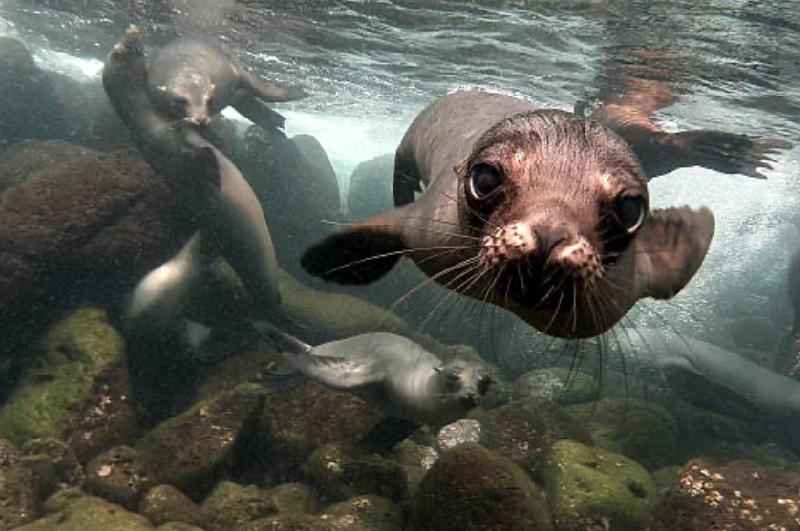
Best time to visit Galapagos Islands and Ecuador
When you visit Ecuador or the Galapagos, it is possible that you will experience four different kinds of climates in one day. This is because of their close proximity to the equator. Ecuador rarely experiences cold weather, but since it is set at a high altitude, the temperatures don‘t rise too high either. If you are looking to enjoy the beaches, it is advisable to travel between December and May. If you wish to hike the Andes, the best time is from June to November. The Amazon is recommended all year round, but the most preferred time is from June to November.
The Galapagos Islands experience a mild fluctuation in temperature throughout the year. It is usually warm during the day and cool at night, with low humidity. The subtropical climate in the Galapagos is split into two seasons: cool and dry (June to November) and warm and wet (December to June). Spotting the unique endemic wildlife, such as giant tortoises, blue–footed booby birds, albatross, sea lions, penguins, and pink flamingos, is a top priority for most visitors. Our month-by–month weather guide to the Galapagos will help you understand the wet and dry seasons, which are crucial for planning your trip.
Month-by-month guide for traveling in the Galapagos Islands
The rainy season is also the sunniest time of the year, with short bursts of tropical showers or drizzles that keep the vegetation green and wildlife active. Plus, you'll have the chance to spot the iconic Galapagos tortoise on Santa Cruz Island.
In December, the warm season begins in the Galapagos. The water becomes calmer, with tropical rain and hot temperatures increasing towards the end of the month. The islands prepare for the busy holiday season, getting ready to welcome Christmas and New Year vacationers.
January is the beginning of the warm season in the Galapagos Islands. The water is clear and perfect for scuba and snorkeling.
February in the Galapagos is hot and humid, with clear, calm waters. Short bursts of tropical rain can be expected, but they quickly dry up as the sun comes out. The calm waters and winds make for ideal wildlife viewing conditions.
March is the warmest and most humid time in the Galapagos, with intense sun. It is also the peak of the rainy season but rarely rains all day. Snorkelers enjoy the longer swims, and the vegetation blooms, providing food for the animals.
April is an ideal time to visit the Galapagos, with warm weather, abundant wildlife, and comfortable water temperatures.
The warm and pleasant weather in May makes it the best time to visit the Galapagos Islands. The animal activity continues bloom during this time.
September is the coolest month in the Galapagos and the peak of the cool ‘Garua’ season. October brings a slight rise in temperature, but the cooler months are still the best time to explore the islands.
June in the Galapagos marks the beginning of the misty, foggy, drizzly season, known as the 'Garua' season. The sun is still shining, but it is foggy most of the day. The ocean water is choppy and not the best for those who suffer from seasickness.
In July, the temperature in Galapagos is relatively cooler, and the marine life underwater is exploding with activity.
August in the Galapagos is cool and dry, with plenty of active wildlife.
September is the best time to visit the Galapagos for wildlife viewing. Cooler temperatures and fewer tourists make it ideal for observing wildlife which are breeding during this time.
The weather in the Galapagos in October is misty and dry, with shorter hours of daylight. Most islands are covered with low-lying fog, as it is the 'Garua' season.
November visitors in Galapagos can experience the best of both seasons, as the weather transitions from cool to warm. With the air temperature rising, there is plenty of animal activity. Thanksgiving holiday is a popular time for American travelers to visit Galapagos.
7 days - Land and Sea Itinerary to Galapagos
Our recommended itinerary takes you on a land and sea journey to explore the Galapagos. You will start by spending two nights in Quito to acclimatize, before setting sail to the Galapagos Islands. Traveling in style on a yacht, catamaran, or small cruise ship, your action-packed trip features diving, snorkeling, and kayaking, all while sailing from one Galapagos island to the other. Experienced naturalists will guide you on walks and hikes for unique wildlife encounters.
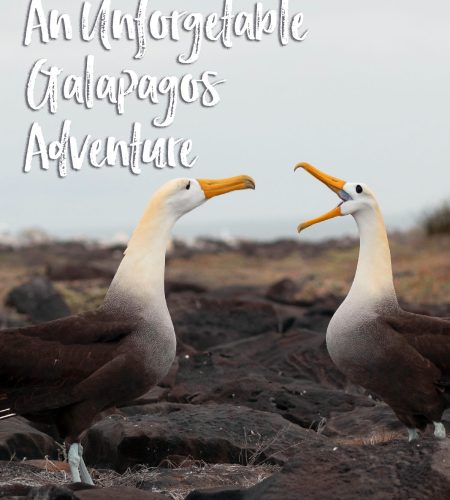
Day One: Fly to Quito, visit local markets and relax to acclimatize
Day Two: Visit the Cotopaxi Volcano National Park/Othavalo
Day Three: Welcome aboard your luxury chartered cruise with panoramic views the blue ocean.
Your sailing route will take you to four islands in five days, including the Central, Eastern, and Northern areas of the Archipelago.
Days Four/Five/Six:
- Visit Genovesa Island for birdwatchers, as it is home to the rare red-footed boobies, blue-footed boobies and Nazca boobies.
- Enjoy the white sand Bachas Beach, a popular nesting site for sea turtles, as well as a home to vibrant Sally Lightfoot crabs, hermit crabs, and elegant pink flamingos.
- The much awaited highlight is always spotting the famous Galapagos giant tortoise on your visit to the Tortoise Reserve in Santa Cruz Island
- Finally, on San Cristobal Island, you can hike to Frigatebird Hill with a naturalist guide to spot the frigatebird and take in the beautiful views of the bay.
Day Seven: Fly back to Quito
Your Galapagos adventure will be nothing less than spectacular and magical, with wildlife spotting and dreamy sunsets sipping cocktails on the boat deck.
When you are ready to book your trip, connect with xplorearth’s travel advisor, Harsh Patil, to personalize your itinerary to fulfill your travel interests.
Travel inspiration to start planning your Galapagos vacation
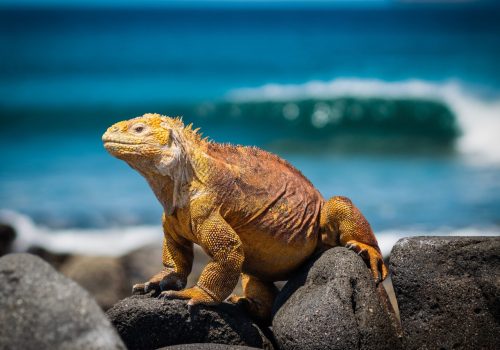
This archipelago of volcanic islands, their fragile ecosystem and unique biodiversity has achieved a mythical status beyond compare. An extra-terrestrial experience awaits…Read More
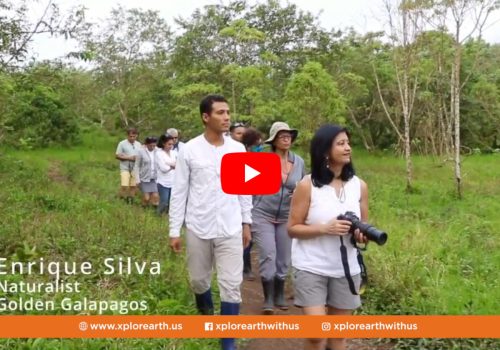
ome to some of the world’s most magnificent scenery and spectacular wildlife, the Galapagos Islands are a bucket list destination for travelers everywhere.Whether you’re traveling with family or embarking on a group trip…Read More

People, food and culture
The distinct culture of Ecuador is ancient yet vibrant. It's basically a mix of European colonial influence layered on top of millenia old customs. Almost everyone in this country has a mixed-race background resulting in tremendous cultural diversity with unique customs and traditions. The majority of citizens are Spanish speaking Catholics, which is also the official language of the country. In recent years English has emerged as a second language in business and tourism cities of Ecuador. In fact, Cuenca is home to a fast growing population of American expats. The predominant religions are Roman Catholic. Indigenous Ecuadorians have, however, blended Catholicism and their traditional beliefs. The country has freedom of religion and there are even small populations of other Christian groups like Adventists, Mormons, and Evangelicals. Holiday seasons like Christmas and Easter are a fascinating time to visit the country. Ecuador boasts of different types of cuisine depending on which area you are in. The food mainly consists of soup, stews, corn pancakes, eggs, seafood ceviche, suckling pig, and lechón. Because of its fertile land, the country produces an amazing variety of fruits like bananas, melons, guavas, star fruit, passion fruit, some not seen in any other part of the world.
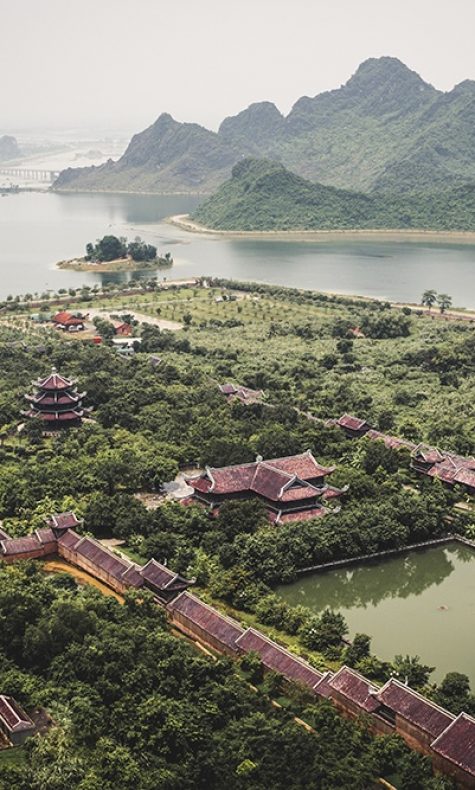

Languages spoken:
Spanish

Fun Fact
Ecuador is one of 17 megadiverse countries in the world and has the most biodiversity per square kilometre of any nation.

One reason you should go here
The stunning wonder that is the Galapagos islands
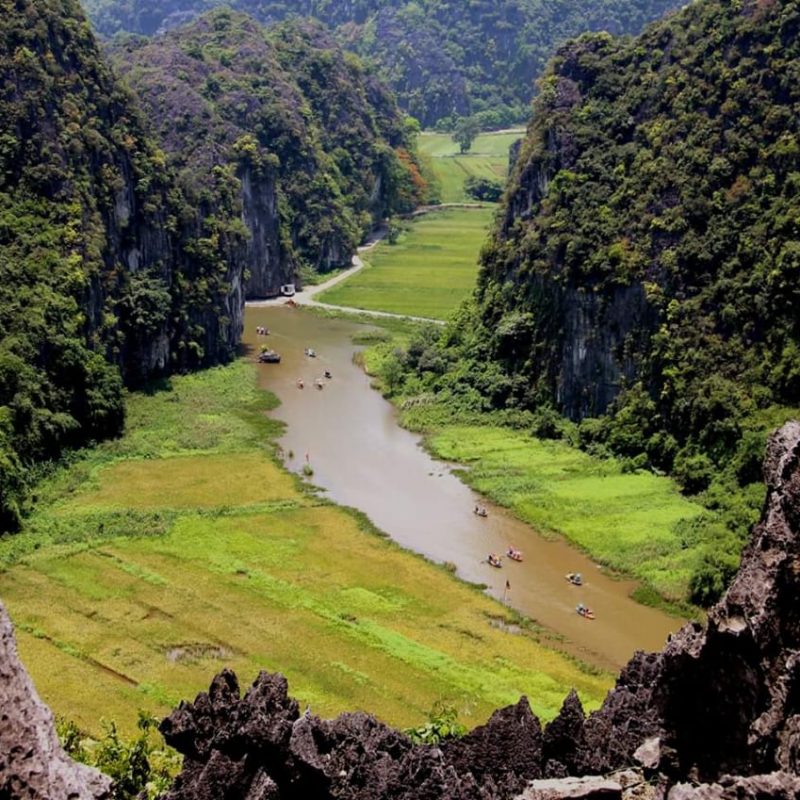
FAQs on traveling to Galapagos Islands
There is no bad time to visit the Galápagos Islands as each season brings with it exciting adventures. December through May are the best times to go to the Galapagos Islands. During this time the weather is pleasant and the oceans calm. However, your trip should be planned around the wildlife or nature activities you want to experience. Visit our month-to-month guide to the Galapagos to understand the weather and wildlife sightings.
Travelers from the US and the UK fly into Quito in mainland Ecuador. After which there are frequent local flights connecting from Quito or Guayaquil airport to the Galapagos Islands.
The ideal way to see the Galapagos Islands is on a small cruise, luxury yacht, or catamaran to fully experience the diversity of these incredible islands. While one can do ½ day trips from Baltra or San Cristobal to neighboring islands, many remote and important islands are inaccessible by small motor boats. Many of the pre-historic species are endemic to specific islands only so the only way to witness them all if not most, would be to explore the Islands on a 4/7/9 nights cruise to garner a wholesome experience. Ask our travel expert to share the various cruise options in the Galapagos.
To comprehensively experience the uniqueness of the Galapagos, its diverse landscapes and spectacular wildlife, a seven days trip is highly recommended. If you are a die-hard naturalist, you can opt for an extended cruise of nine nights to further explore the archipelago.
The rules of the Galapagos National Park state that all visitors who visit the park must be accompanied at all times by an island resident who is professionally trained and licensed naturalist guide. In addition, a qualified guide will greatly enhance your understanding of the archipelago, share the history and uniqueness of the endemic flora and fauna, including the conservation efforts pioneered by Charles Darwin.








